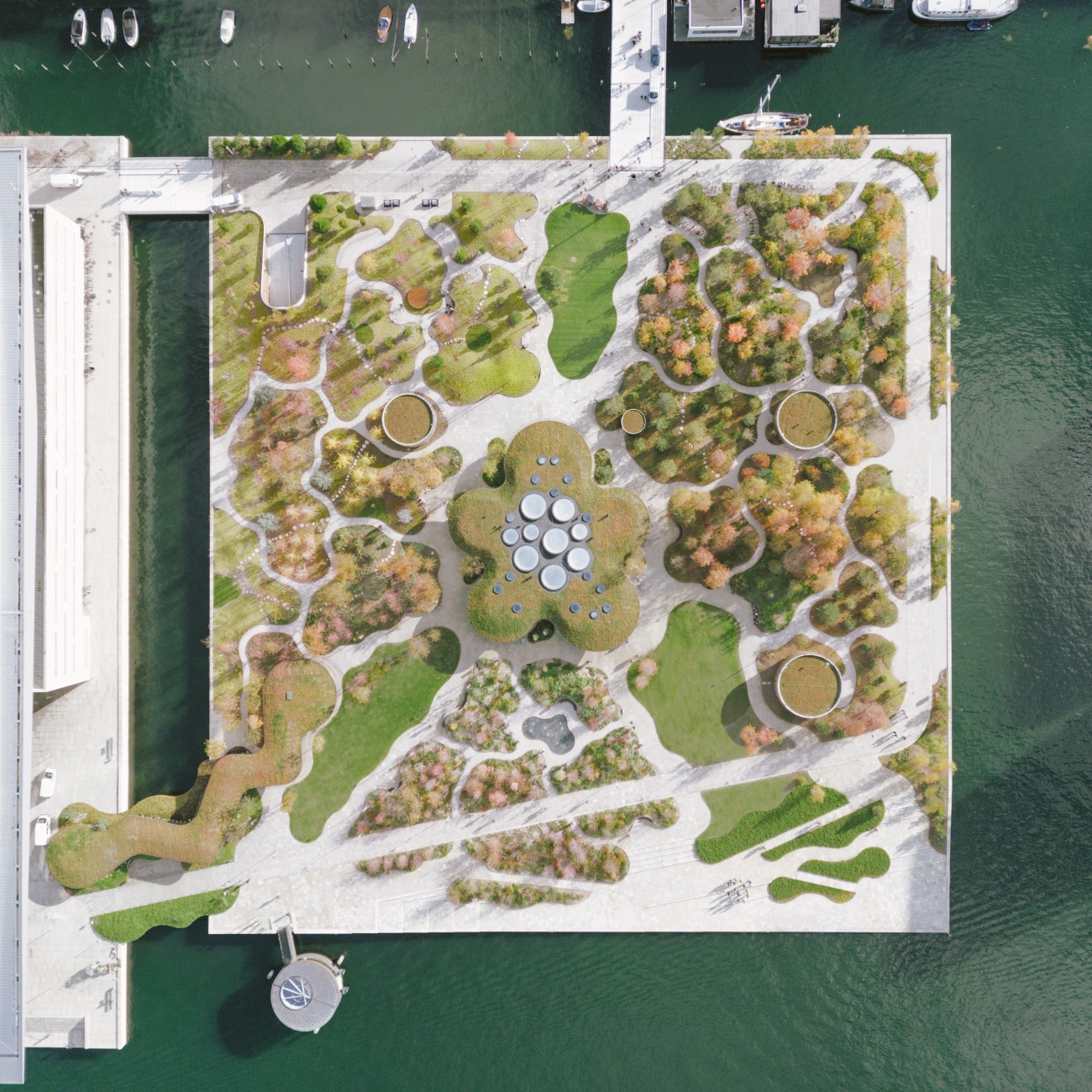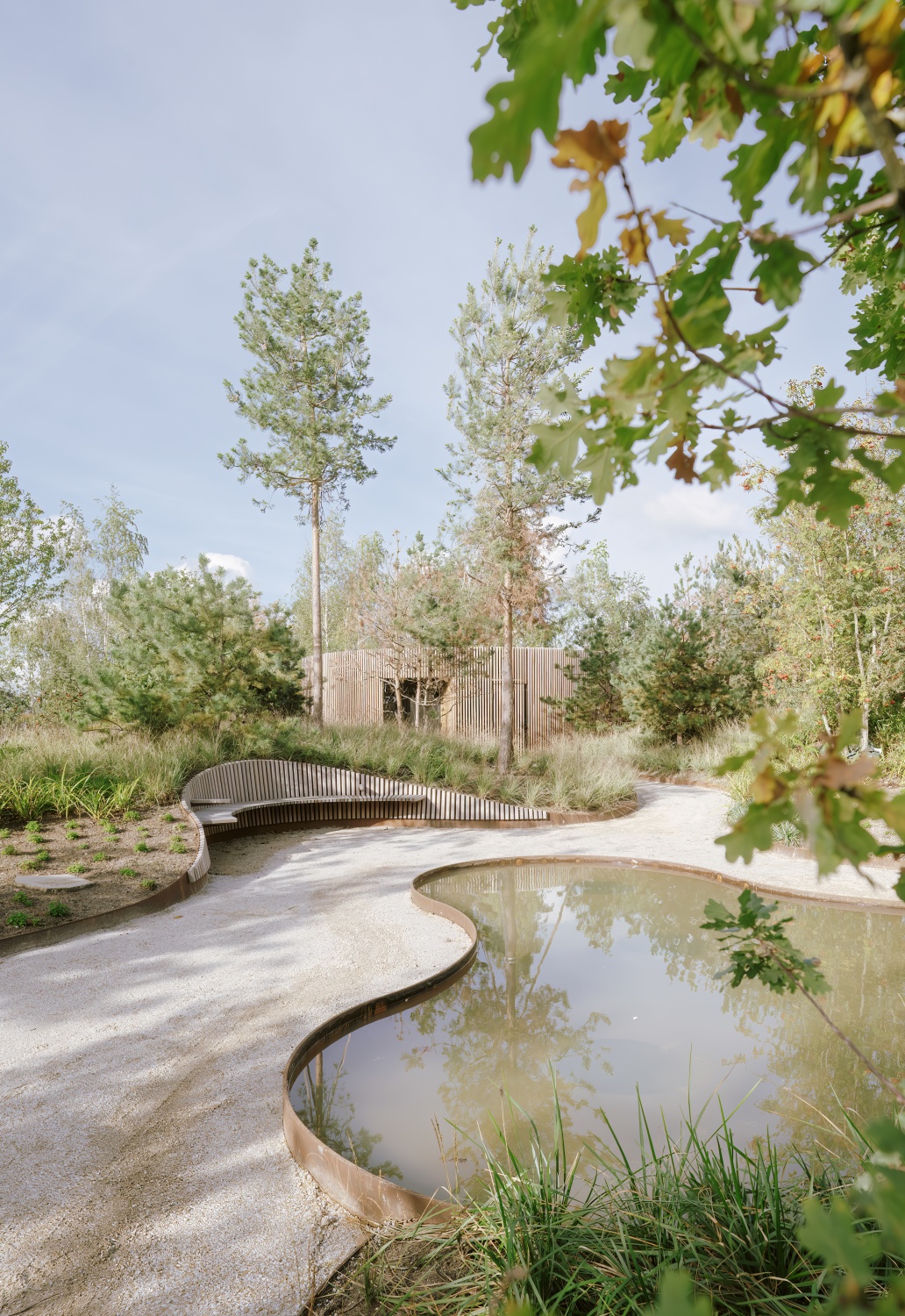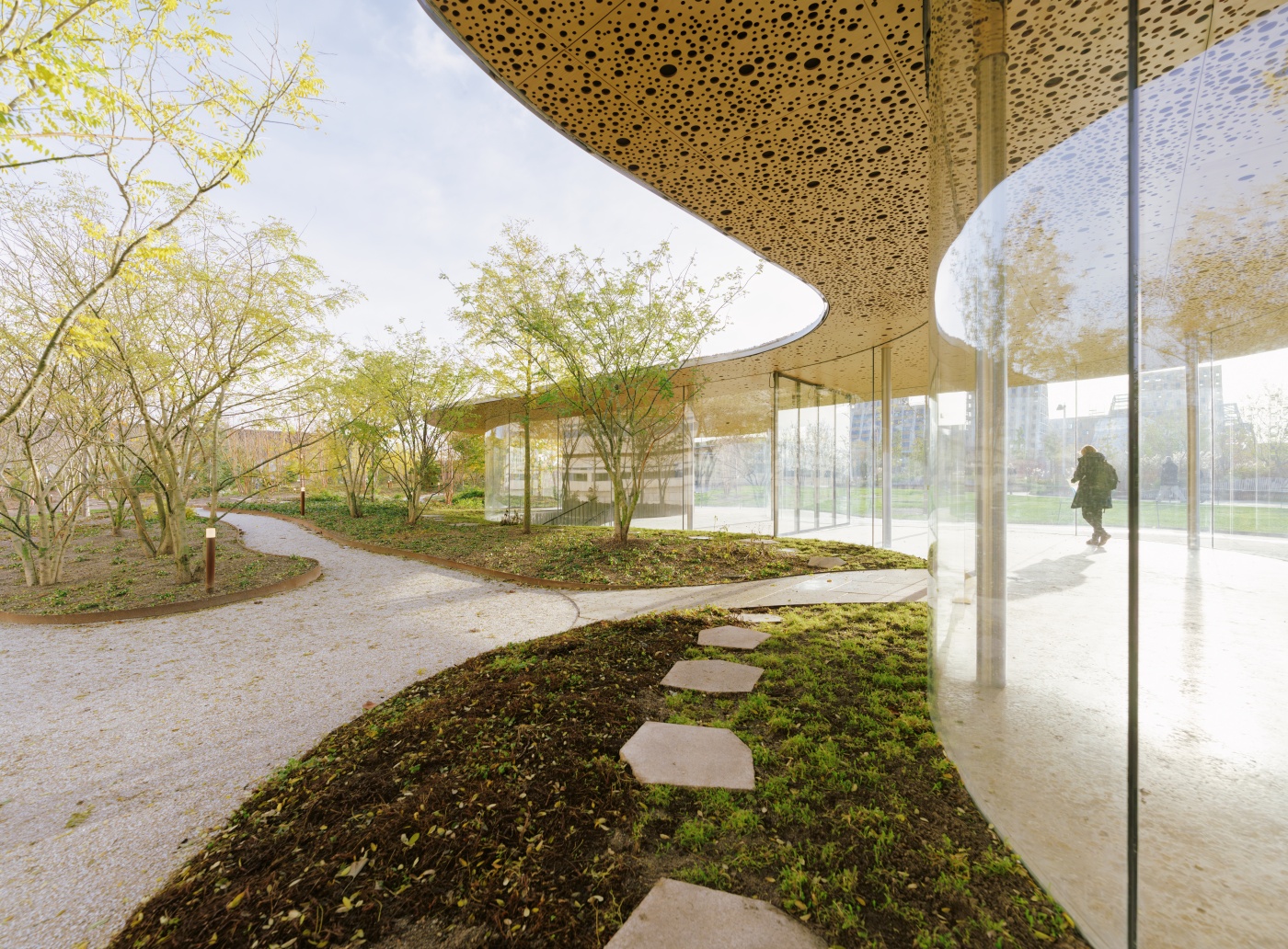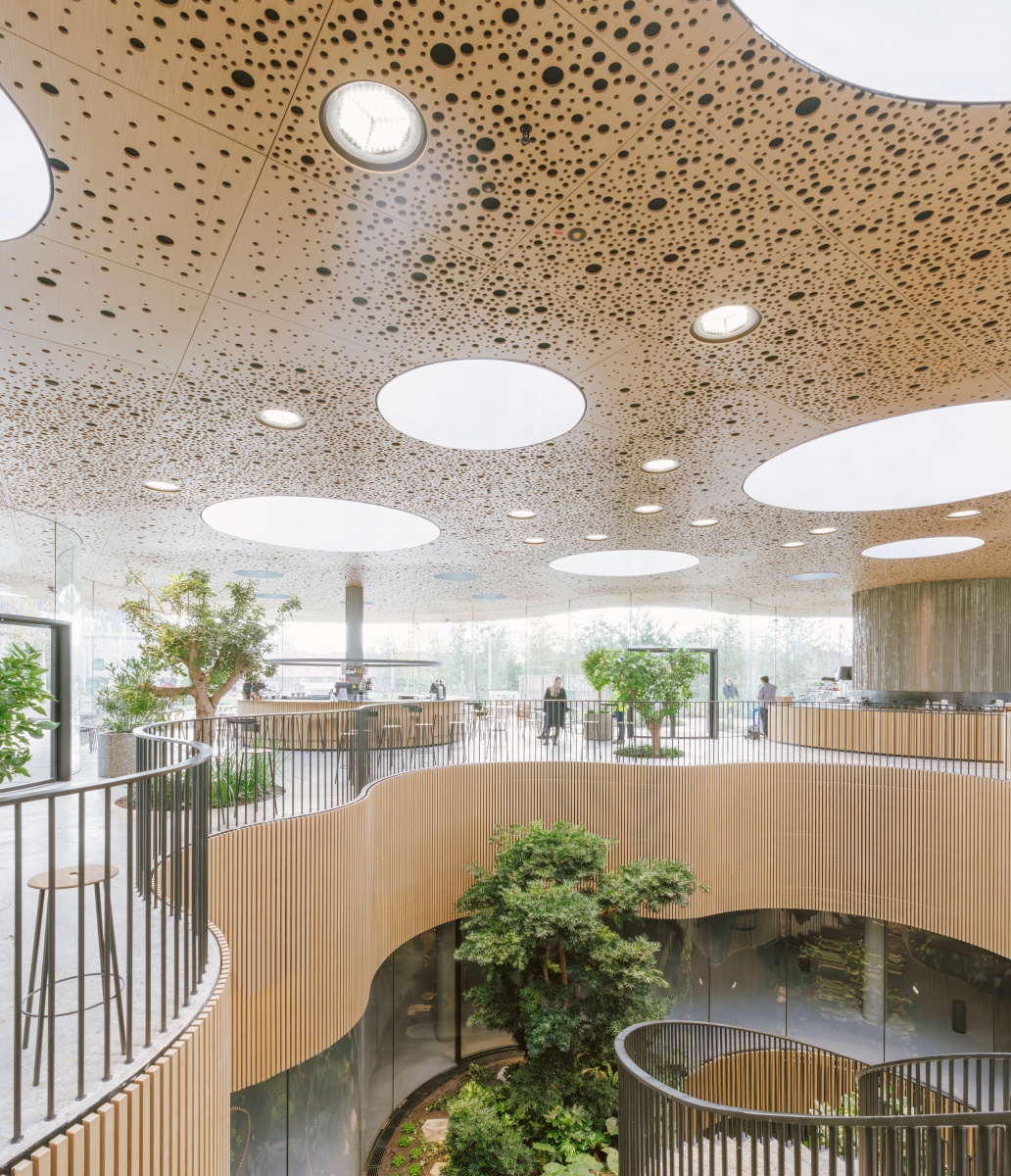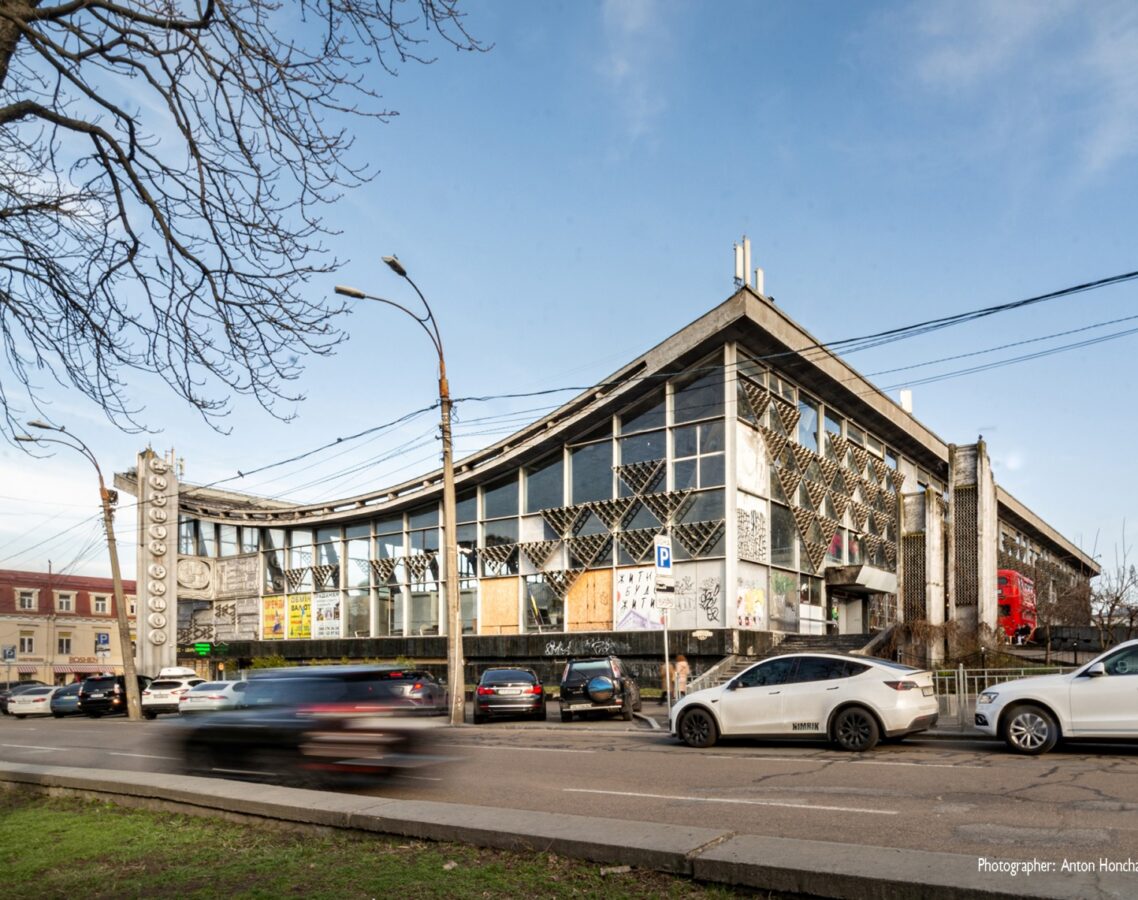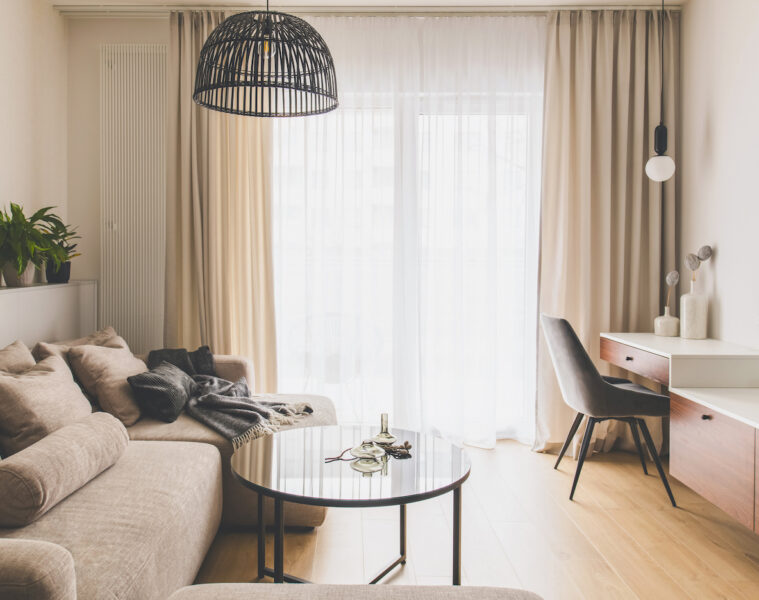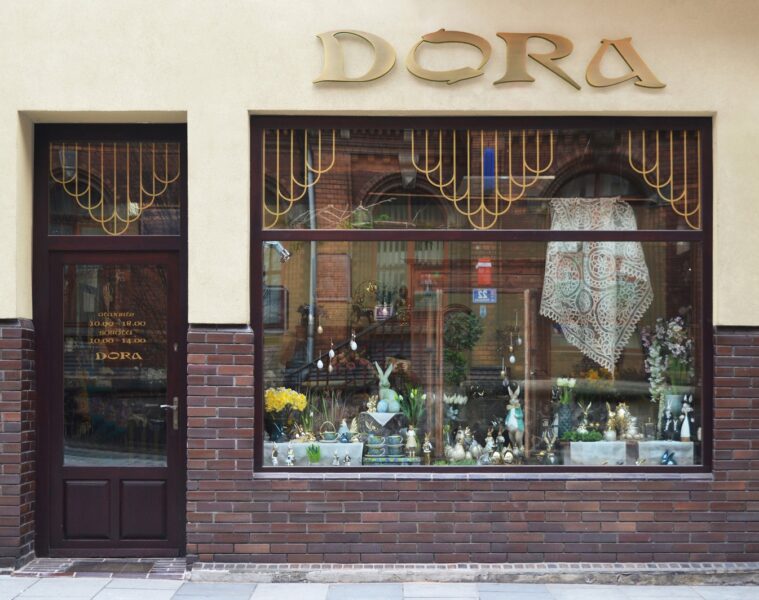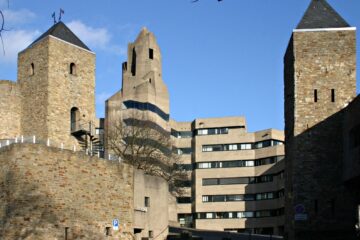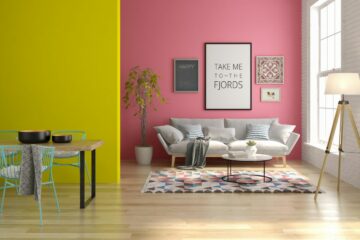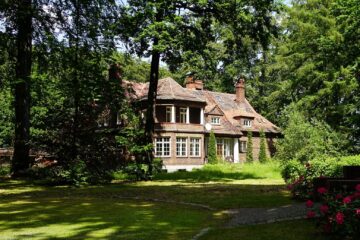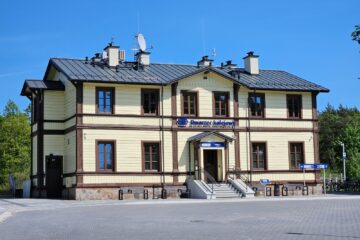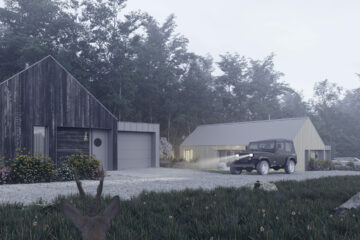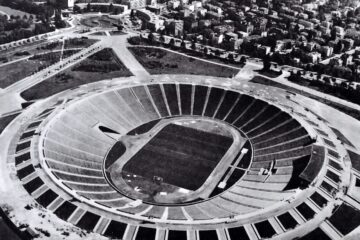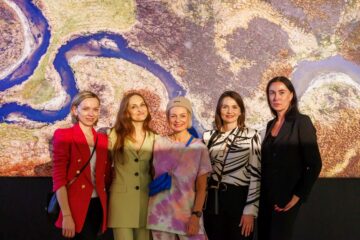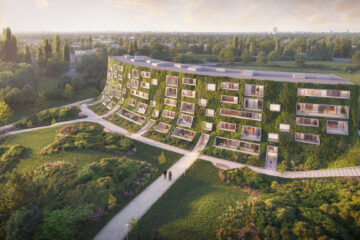On a purpose-built industrial island, the Danes have built a year-round garden. Opera Park is a new green island in Copenhagen’s densely built-up harbour district. It also features a park-like pavilion in the shape of a leaf or flower. The island’s six gardens cover an area of almost three football fields.
According to designers from Danish studio Cobe, the island is intended to be a green oasis, an alternative to the crowded and noisy city. The park can be accessed via three piers that connect the island to the grounds of the nearby Royal Danish Opera House. It is worth mentioning that 20 years ago, when the opera house was being completed, the architects had no concrete plans for the harbour platform. This has now changed.
Previously, the platform was overgrown by an undeveloped meadow. Today, the green island comprises 21,500 square metres of gardens inspired by different parts of the world. The park’s area includes American, Danish, Nordic, Oriental and English themed gardens. A greenhouse in the middle of the pavilion hides a subtropical garden. In total, there are more than 600 trees and tens of thousands of shrubs in the park. Fountains, ponds and flower beds are located in various parts of the park, and the whole is criss-crossed by winding paths.
The gardens are open to visitors all year round. Depending on the season, the vegetation looks different. In spring, flowers bloom here. In summer, the colourful phenomenon is even more apparent. In autumn, numerous deciduous trees show their yellow-red colour. In winter, on the other hand, you can observe the evergreen conifers.
The heart of the park is the pavilion located in the middle of the island. Inside, there is a café, the aforementioned garden and underground parking for 300 cars. Viewed from ground level, the pavilion appears as an aesthetically pleasing structure with glass walls. Seen from above, it impresses with its overgrown roof. Interestingly, the climbing plants of the subtropical garden extend all the way to the underground car park. In this way, a vertical garden was created.

In the park, the water that irrigates the plants circulates in a closed loop. Rainwater falling on the roof of the nearby opera house is transported through pipes to underground reservoirs. The park’s pavilion gets its energy from solar panels mounted on the same roof. Gravel walkways collect excess water underground. Of course, the pavilion also collects rainwater through its green roof. In addition, elements of the park are made of recyclable materials. In turn, the platform on which the park is located is built in such a way as to avoid flooding.
Opera Park is not only an oasis of greenery, but also a shining example of eco-friendly design. As you can see, functionality also goes hand in hand with nature. The car park, the garden or the café will serve the opera house’s audiences and anyone else in this ever-expanding part of Copenhagen.
Photos: Francisco Tirado
Source: Cobe
Read also: Places, Squares, Parks | Denmark | Copenhagen | Architecture | Greenery | whiteMAD on Instagram



